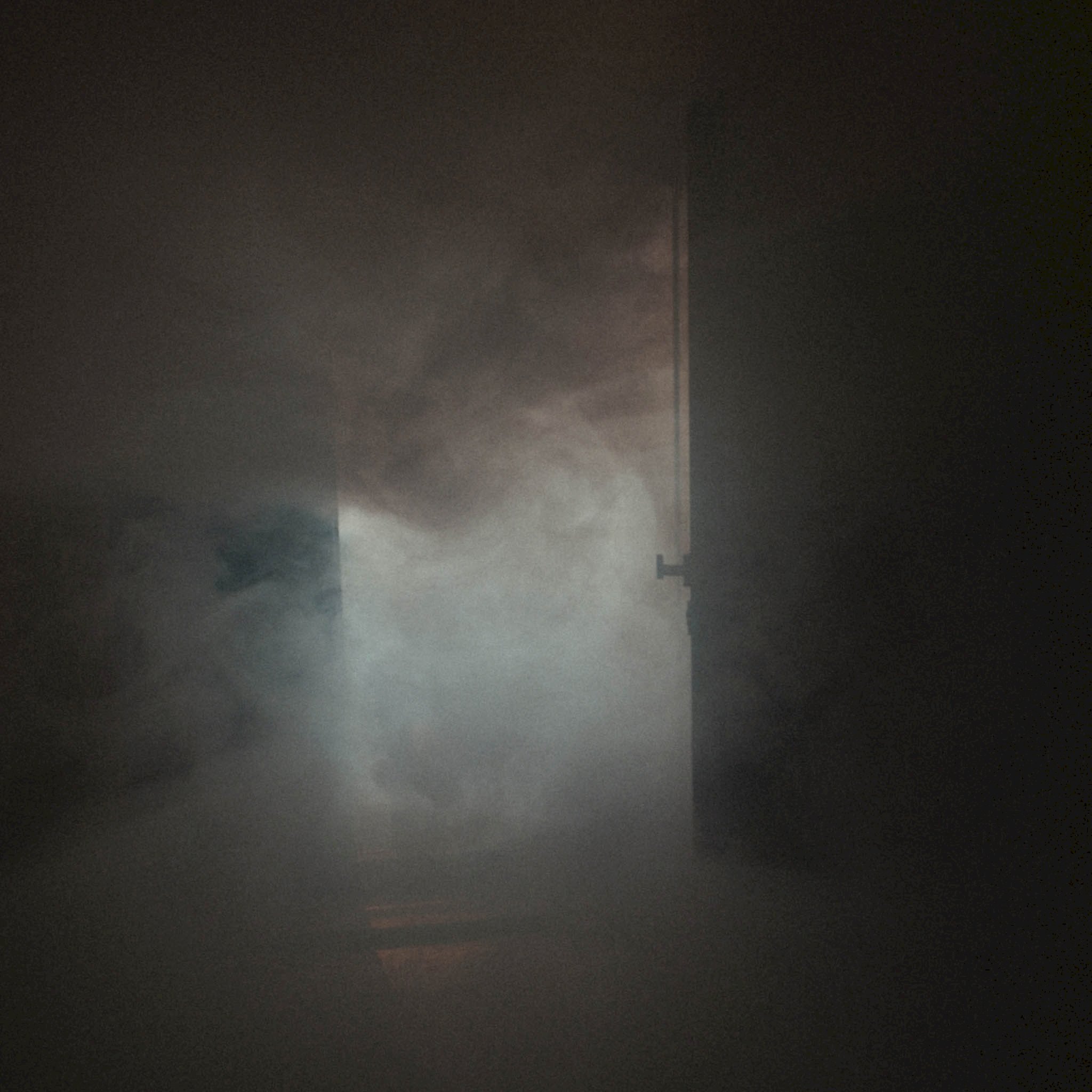
What is more deadly than fire? Smoke
It is widely known that, in the case of interior fires, smoke and toxic gases kill more people than flames do. There were 286 fire-related fatalities in Great Britain during 2019/20 and it is estimated that 50-80% of these deaths were smoke related. As well as causing asphyxiation, smoke can lead to disorientation and physical distress, making escape difficult. It also makes it much harder for rescue services to do their jobs. The Grenfell Tower Fire Inquiry heard that the thick black smoke that filled the building hampered evacuation and rescue.
A sobering note to start a blog with, but one that we were pondering at Rutland recently in a discussion about fire and life safety. In some circumstances, smoke seals are a Building Regulation requirement, but not all. If we all know that smoke is so deadly, we asked ourselves, why isn’t the legislation as clear or as stringent as that for fire? Are we confident as an industry that smoke doors are being correctly stipulated and fitted where required?
Where are smoke doors absolutely required?
The current requirement for smoke doors is laid out in ADB and BS 9999. Currently, smoke doors are only required in certain situations because the guidance makes certain assumptions. For example, a riser cupboard does not require smoke sealing as the cupboard does not require protection from smoke, only fire. But what if the fire breaks out on the inside of a riser? What if it spreads through a protected shaft? The result will be smoke leaking in to a corridor, potentially on multiple levels of a building. Naturally any guidance aims to find a balance between safety and practicality, but could it be that, by only requiring smoke protection in certain circumstances, the guidance allows for other possible scenarios where life safety is compromised? Some in the industry think smoke seals should be fitted to fire doors across the board.
What is the smoke test?
The smoke control criterion required in the UK is 3m3 of air loss per hour per linear metre of joint between door leafs and the doorframe or transom when measured at 25Pa pressure. The test allows for the threshold to be taped. This is because it is assumed that no smoke will be emitted at the threshold because this is a negative pressure region during a fire.
Does the smoke test measure up?
Some industry experts are questioning the allowance for taping the threshold during testing. What this approach overlooks is the smoke generated during the developing phase of the fire – smoke can drift through a fire door and spread before the intumescent fire seal is activated, which normally takes about 15 minutes. A fire door with the standard 3mm gap at the threshold can easily permit a leakage rate of about 10m3/m per hour.
What can we do to further protect life safety?
The annual number of deaths due to fire has fallen gradually since the early 2000s, when the annual number of fire fatalities was consistently over 500. Obviously, 2017 was a tragic exception to this downward trajectory. This overall drop in fatalities is largely attributed to increased regulatory activities on fire safety – for example legislation around combustible furniture and furnishings and also smoke detection in new properties. One could argue that to bring down this number further, we could look more closely at smoke protection on doors. There are currently working groups and leading experts actively campaigning for additional regulation for smoke protection, for example the Smoke Control Consultation Group is trying to coordinate parties with similar interests in getting better smoke protection. With further legislation potentially looming on the horizon, it is doubly good sense to start building smoke safety into fire doors as standard.
Read our whitepaper, due out at end of August, on optimising smoke containment in door design, for a more in-depth look at this subject.
Leave us your contact details and we will call you back for a free consultation about your requirements.